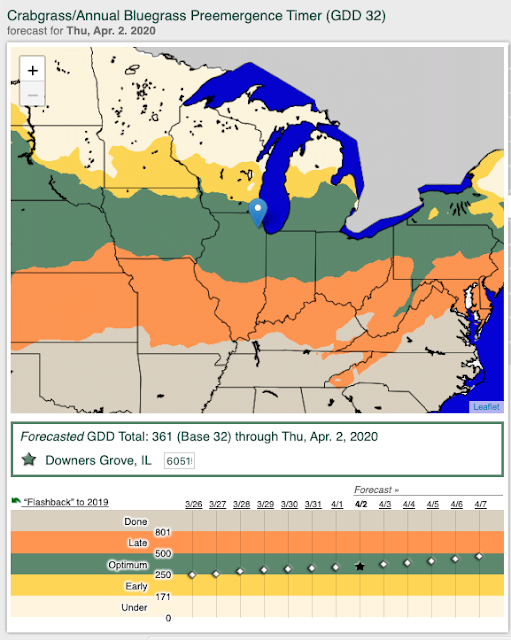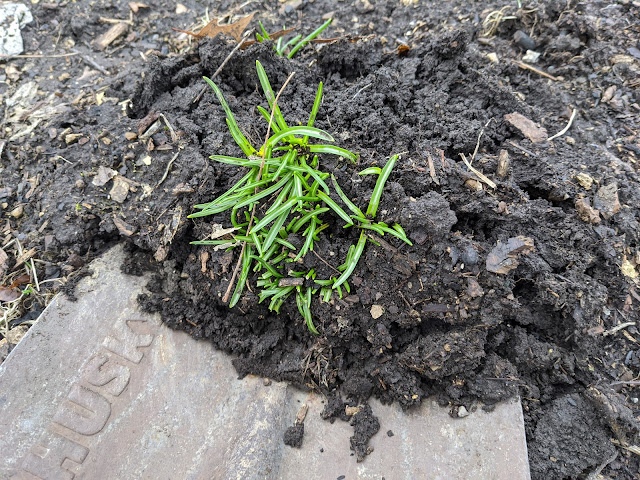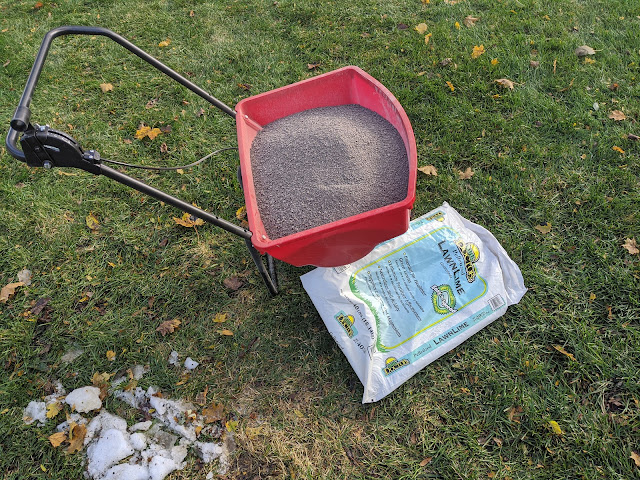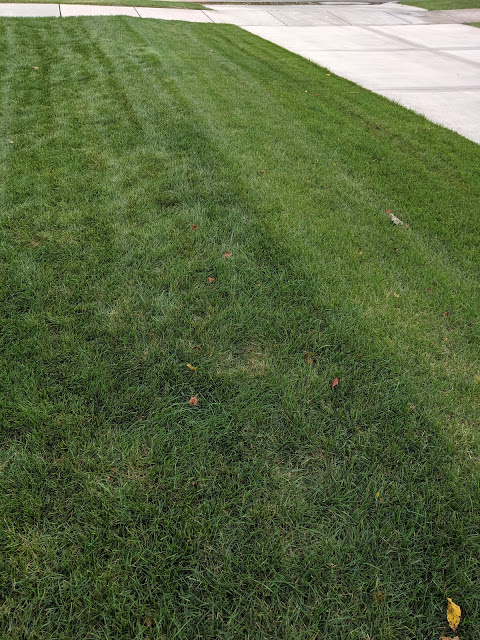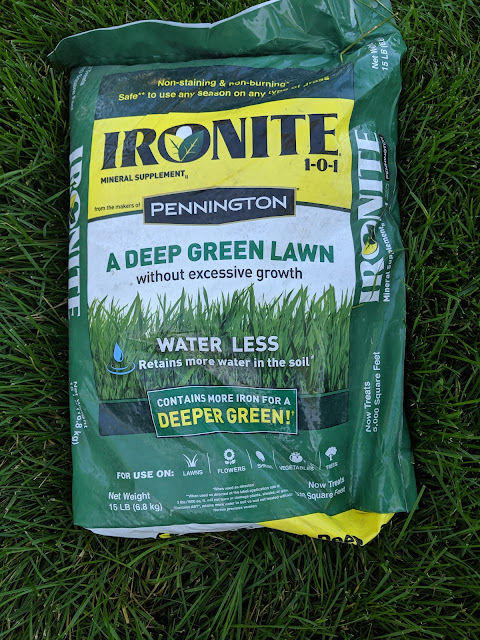Shorter Mow + Applying Hydretain to Front Yard Lawn - June 2021

I decided to do a couple of (new to me) things with my front lawn this year including some of the things that I've already covered like spoon-feeding a granular with Sea Kelp (applied at end of April and end of May - so far) . But, this post is intending to cover two other new (to me) things: First... I'm cutting it shorter than I've done in the past. For the past couple of years, I put the mower ALL THE WAY up and cut at that length. I had a deep green lawn through most of the Summer and didn't get killed with a water bill. But, the length came at the cost of neat-ness. My e-Go mower doesn't have a ton of vacuum power, so there was always a lot of folded over blades. So, a risky change: This year, I'm putting it on the 4th 'notch' out of the six on my Ego walk behind push mower. Last year, I was cutting at six. See below for the difference - which is about an inch shorter. And the second new (to me) thing - which is a companion to ...




